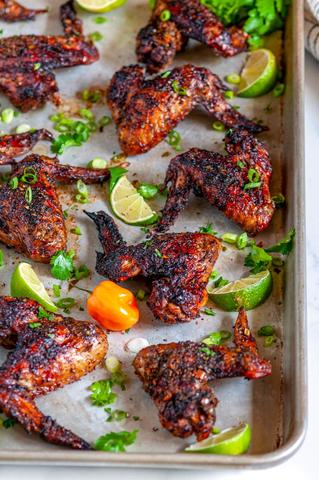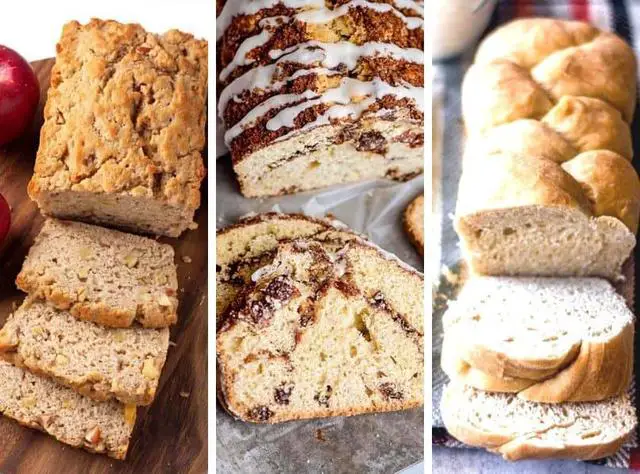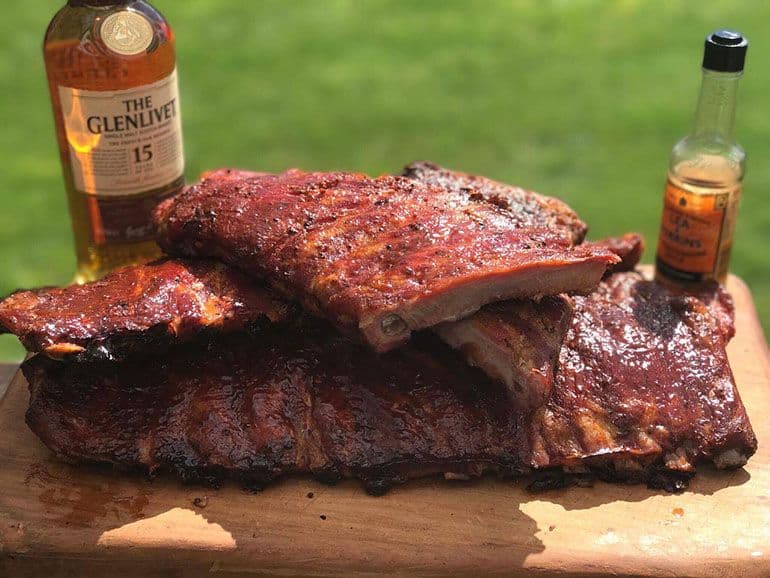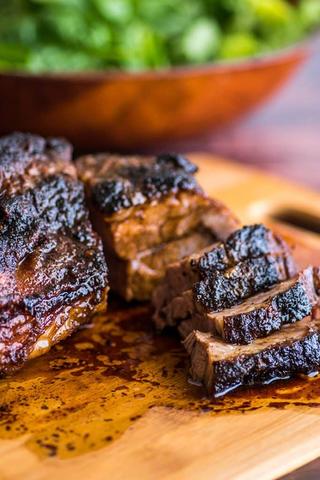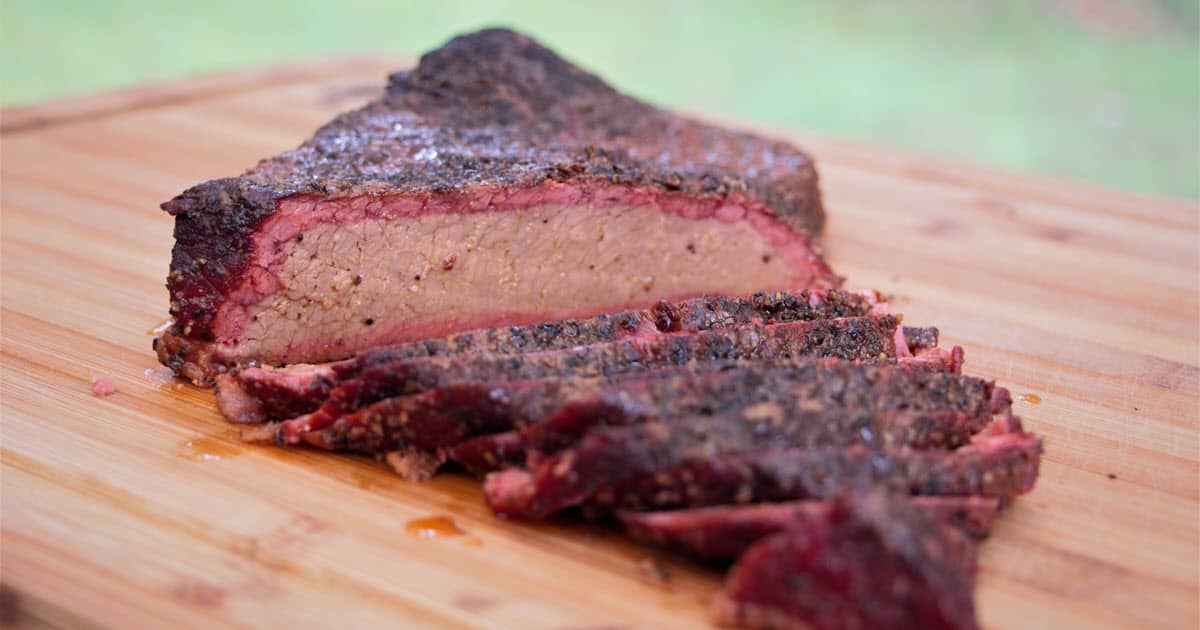
“Brisket Cooked Too Fast: Unveiling the Consequences of Hasty Cooking Methods. Discover the pitfalls of rushing through brisket preparation and how it affects flavor, tenderness, and overall quality. Gain insights on proper techniques to ensure a mouthwatering and satisfying outcome.”
BRISKET COOKED TOO FAST? HERE’S WHAT CAN GO WRONG!
Cooking a brisket too quickly can result in several undesirable outcomes. One of the main issues is toughness, as high temperatures can cause the connective tissues in the meat to tighten up, resulting in a challenging and chewy texture. Rapid cooking can also lead to dryness and a lack of juiciness in the brisket, as moisture is lost during the fast cooking process. Additionally, cooking a brisket too fast can result in overcooking, with the internal temperature surpassing the ideal range and resulting in an unappetizing final product.

To rectify these issues when your brisket cooks too fast, there are several steps you can take. First, lower the temperature of your cooking equipment to slow down the cooking process. Aim for a temperature of around 225-250°F (107-121°C) for a slow and steady cook. Wrapping the brisket in foil, known as the “Texas crutch,” can help retain moisture and tenderize the meat. Letting the brisket rest after cooking allows for redistribution of juices and enhances tenderness and flavor. If necessary, continue cooking at a lower temperature until reaching the desired internal temperature.
5 THINGS TO DO WHEN BRISKET IS COOKED TOO FAST
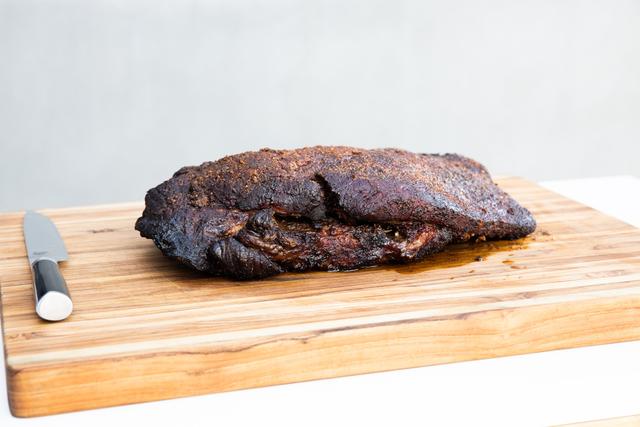
1. Lower the temperature: If you notice your brisket cooking too fast, reduce the temperature of your cooking equipment. Aim for a temperature of around 225-250°F (107-121°C) to ensure a slow and steady cook. This slower cooking process will allow the brisket to develop a tender texture and absorb the flavors from any marinades or rubs you have applied.
2. Wrap it in foil: Wrapping the brisket in foil, often referred to as the “Texas crutch,” can help retain moisture and prevent further cooking. Place the brisket in a double layer of heavy-duty aluminum foil, ensuring it is tightly sealed. Once wrapped, you can return the brisket to the cooking equipment or place it in an oven set at a low temperature, around 225°F (107°C). This method helps to speed up the cooking process while keeping the meat moist.
3. Let it rest: Once you have lowered the temperature and wrapped the brisket, it’s crucial to allow it to rest. Remove the brisket from the heat source and let it rest in a warm place for at least 30 minutes to an hour. Resting allows the meat’s juices to redistribute, resulting in a more tender and flavorful brisket.
4. Exercise patience: Sometimes, the best solution is to exercise patience. If your brisket is cooked too fast but still has some time left to reach the desired tenderness, you can simply wait it out. Return the brisket to the heat source and continue cooking at a lower temperature until it reaches the ideal internal temperature, typically around 195-203°F (91-95°C).
5. Monitor internal temperature closely: To prevent further overcooking while waiting for the brisket to reach tenderness, you can decrease the cooking temperature even more. Monitor the internal temperature of the brisket closely with a meat thermometer to ensure it doesn’t exceed the desired doneness. This approach lessens the chance of overcooking and allows for gradual cooking.
LOWER THE TEMPERATURE
If your brisket cooks too fast, one of the first steps you can take is to lower the temperature of your cooking equipment. Whether you’re using an oven, smoker, or grill, reducing the heat will help slow down the cooking process. Aim for a temperature of around 225-250°F (107-121°C) to ensure a slow and steady cook. This slower cooking process will allow the brisket to develop a tender texture and absorb the flavors from any marinades or rubs you have applied.
Another method to rectify an overcooked brisket is to wrap it in foil, often referred to as the “Texas crutch.” This technique helps retain moisture and prevents further cooking. Place the brisket in a double layer of heavy-duty aluminum foil, ensuring it is tightly sealed. Once wrapped, you can return the brisket to the cooking equipment or place it in an oven set at a low temperature, around 225°F (107°C). This method speeds up the cooking process while keeping the meat moist and tenderizing any tougher cuts.
After lowering the temperature and wrapping the brisket, it’s crucial to let it rest. Remove the brisket from the heat source and allow it to rest in a warm place for at least 30 minutes to an hour. Resting allows the meat’s juices to redistribute, resulting in a more tender and flavorful final product. Keep the brisket wrapped in foil or place it in an insulated cooler during this resting period to help retain heat and enhance flavor.
WRAP THE BRISKET IN FOIL
When your brisket is cooking too fast, one effective solution is to wrap it in foil. This technique, also known as the “Texas crutch,” helps retain moisture and prevent further cooking. By wrapping the brisket tightly in a double layer of heavy-duty aluminum foil, you create a steamy environment that allows the meat to tenderize while maintaining its juiciness. You can then return the wrapped brisket to the cooking equipment or place it in an oven set at a low temperature. This method speeds up the cooking process while keeping the meat moist, resulting in a more flavorful and tender brisket.
REST THE BRISKET
After cooking a brisket too fast, it is crucial to let it rest before serving. Resting allows the meat’s juices to redistribute, resulting in a more tender and flavorful brisket. Remove the brisket from the heat source and let it rest in a warm place for at least 30 minutes to an hour. Keeping the brisket wrapped in foil or placing it in an insulated cooler can help retain the heat during this resting period.
Sometimes, the best solution is simply to exercise patience. If your brisket still needs some time to reach its desired tenderness, you can wait it out. Return the brisket to the heat source and continue cooking at a lower temperature until it reaches the ideal internal temperature. Slow and steady cooking ensures a tender and flavorful result.
To prevent further overcooking while waiting for the brisket to reach tenderness, decrease the cooking temperature even more. This gentle heat will slow down the cooking process and give you more control over the final result. Monitor the internal temperature closely with a meat thermometer to ensure it doesn’t exceed the desired doneness.
WAIT IT OUT
If your brisket is cooked too fast but still has some time left to reach the desired tenderness, one solution is to exercise patience and wait it out. Return the brisket to the heat source and continue cooking at a lower temperature until it reaches the ideal internal temperature, typically around 195-203°F (91-95°C). This slow and steady cooking process ensures a tender and flavorful brisket. Remember to monitor the internal temperature with a meat thermometer to avoid overcooking.
When dealing with a brisket that has cooked too fast, it’s important to be patient. Slow and steady cooking produces the best results when it comes to brisket. By lowering the temperature and allowing the brisket to cook at a slower pace, you give it ample time for the connective tissues in the meat to break down, resulting in a juicy and succulent final product. It’s also crucial to monitor the internal temperature closely with a meat thermometer to ensure that the brisket doesn’t exceed the desired doneness.
To prevent further overcooking while waiting for your brisket to reach tenderness, you can decrease the cooking temperature even more. This gentle heat will slow down the cooking process and give you more control over the final result. You can modify the heat source or add a heat diffuser to create a more indirect heat environment. By monitoring the internal temperature closely with a meat thermometer, you can ensure that your brisket is cooked through to perfection without becoming dry or tough.
DROP THE TEMPERATURE TO PREVENT OVERCOOKING
One of the main problems that arise from cooking a brisket too fast is overcooking. The high speed of the cooking process can cause the internal temperature of the brisket to exceed the ideal range, resulting in an overcooked and unappetizing final product. To prevent this, it is important to lower the temperature of your cooking equipment. Whether you are using an oven, smoker, or grill, reducing the heat will help slow down the cooking process and give you more control over the final result. Aim for a temperature of around 225-250°F (107-121°C) to ensure a slow and steady cook.
Another effective solution when your brisket is cooked too fast is to wrap it in foil, also known as the “Texas crutch.” This technique helps retain moisture and prevent further cooking. By creating a steamy environment around the brisket, it allows for tenderization while maintaining its juiciness. Simply place the brisket in a double layer of heavy-duty aluminum foil, ensuring it is tightly sealed. You can then return it to the cooking equipment or place it in an oven set at a low temperature, around 225°F (107°C). This method not only speeds up the cooking process but also helps tenderize any tougher cuts of meat for a more flavorful result.
Once you have lowered the temperature and wrapped the brisket, it is crucial to allow it to rest. Removing the brisket from the heat source and letting it rest in a warm place for at least 30 minutes to an hour allows the meat’s juices to redistribute, resulting in a more tender and flavorful brisket. During the resting period, it is recommended to keep the brisket wrapped in foil or place it in an insulated cooler to help retain the heat. This relaxation time allows the brisket to reach its optimum tenderness and ensures a more delicious end result.
TIPS FOR COOKING BRISKET SUCCESSFULLY
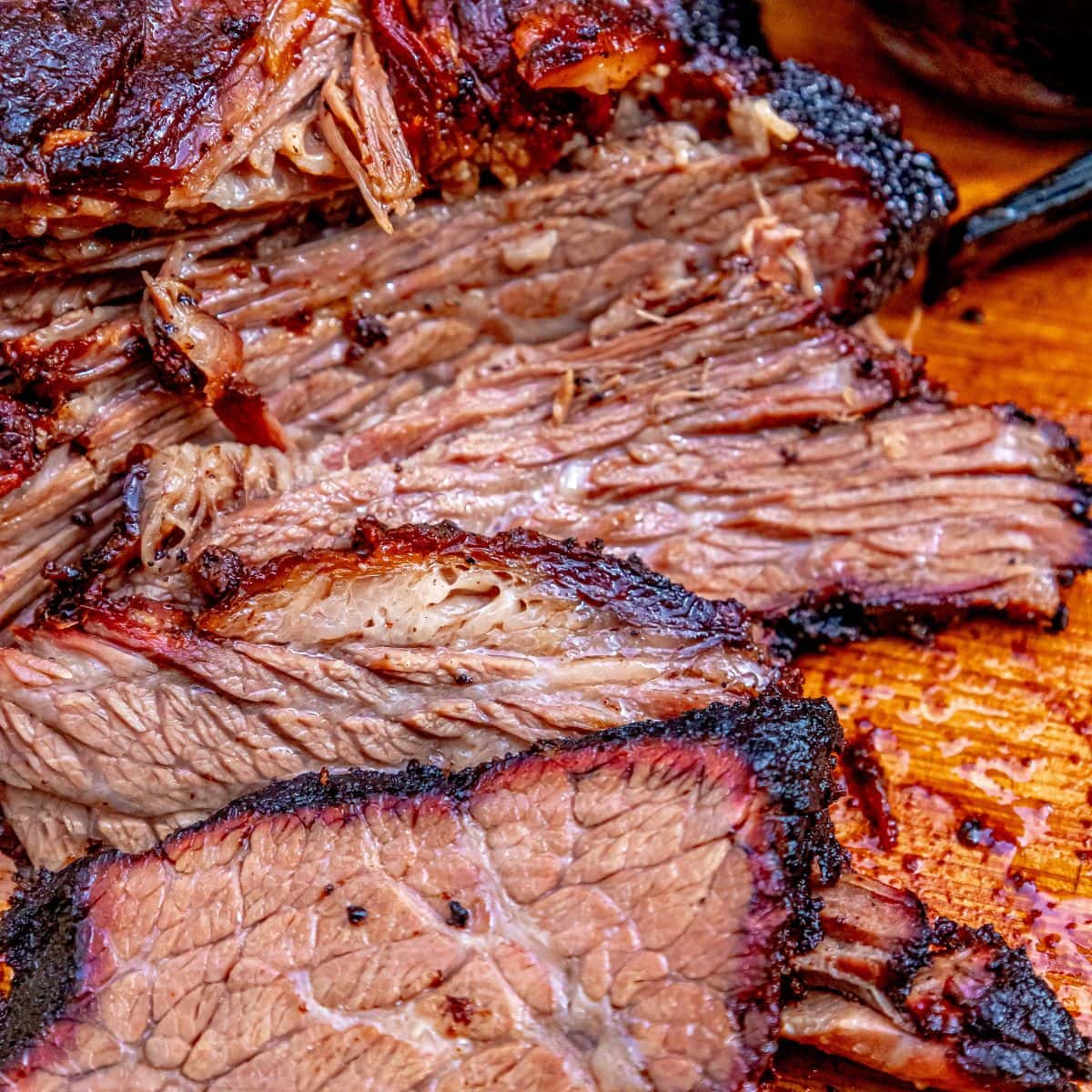
1. Plan Ahead: Allocate enough time for preparation, cooking, and resting to ensure a well-cooked brisket without rushing the process.
2. Choose the Right Cut: Opt for a well-marbled brisket with a good fat cap, as the fat will render during cooking, keeping the meat moist and adding flavor.
3. Season Properly: Apply your favorite rub or seasoning blend to enhance the flavor of the brisket. Let it sit in the refrigerator for a few hours or overnight before cooking.
4. Maintain Consistent Temperature: Use a reliable thermometer to monitor the cooking temperature consistently. Fluctuations in heat can result in uneven cooking and undesirable outcomes.
5. Use a Meat Probe: Utilize a meat probe thermometer to accurately monitor the internal temperature of the brisket. This will help you determine when it is perfectly cooked and avoid undercooking or overcooking.
FREQUENTLY ASKED QUESTIONS (FAQS):
Can I cook a brisket in the oven instead of a smoker or grill?
Yes, you can cook a brisket in the oven. It may not have the same smoky flavor as a smoker or grill, but it can still result in a tender and delicious brisket.
Should I trim the fat cap before cooking a brisket?
Trimming the fat cap is a personal preference. While some prefer to trim it to about ¼ inch for better seasoning penetration, others leave it intact to add flavor and moisture during cooking.
Can I freeze cooked brisket?
Yes, you can freeze cooked brisket. Allow it to cool completely, wrap it tightly in freezer-safe packaging, and store it in the freezer for up to 3 months for best quality.
CAN I COOK A BRISKET IN THE OVEN INSTEAD OF A SMOKER OR GRILL?
Yes, you can cook a brisket in the oven. While it may not have the same smoky flavor as cooking it on a smoker or grill, you can still achieve a tender and delicious brisket using this method. Simply follow the recommended cooking temperatures and techniques to ensure a successful outcome.
SHOULD I TRIM THE FAT CAP BEFORE COOKING A BRISKET?
Trimming the fat cap on a brisket is a personal preference. Some pitmasters prefer to trim it down to about ¼ inch, as this allows for better seasoning penetration and prevents the fat from becoming overly greasy during cooking. Trimming the fat cap also helps to create a more even cook and can result in a more aesthetically pleasing final product.
However, others choose to leave the fat cap intact. The fat cap acts as a natural barrier that helps keep the meat moist during cooking. It can also add flavor and richness to the brisket. If you decide to leave the fat cap on, make sure to score it with shallow cuts to allow flavors and seasonings to penetrate.
CAN I FREEZE COOKED BRISKET?
Yes, you can freeze cooked brisket. To freeze cooked brisket, allow it to cool completely first. Once cooled, wrap the brisket tightly in freezer-safe packaging, such as plastic wrap or aluminum foil. It’s best to divide the brisket into individual portions before freezing to make it easier to thaw and use later. Properly stored, cooked brisket can be frozen for up to 3 months without significant loss of quality.
In conclusion, cooking brisket too fast can result in tough and dry meat. It is essential to slow-cook the brisket at a low temperature to allow the collagen to break down, resulting in tender and juicy meat. Patience and proper technique are key to achieving the perfect brisket.
Learn More About Grilling
If you want to learn more about grilling, check out these other helpful resources!

